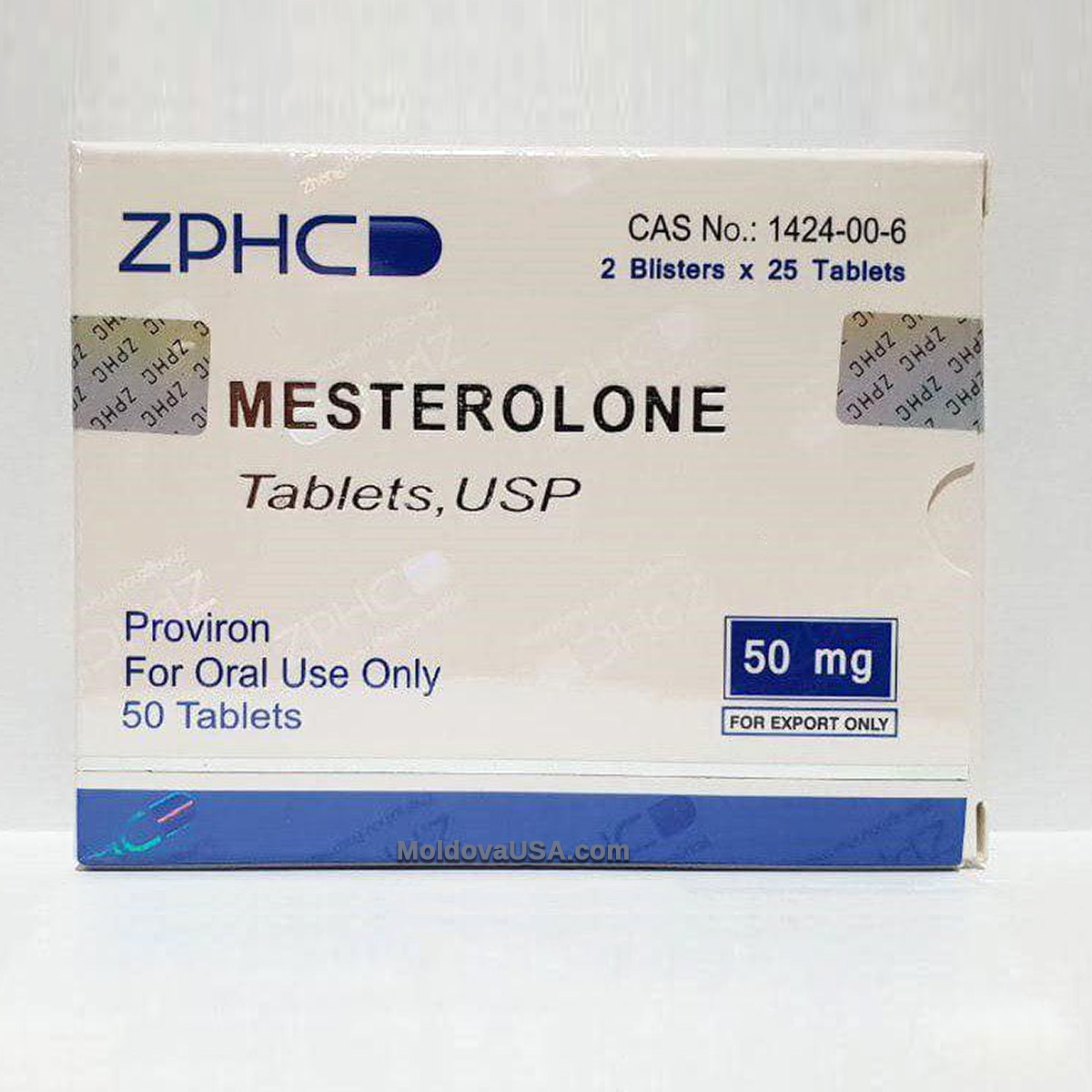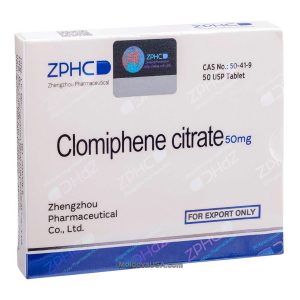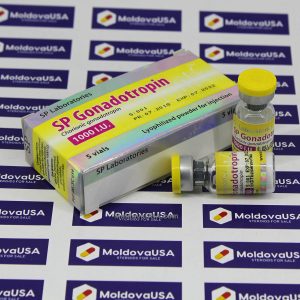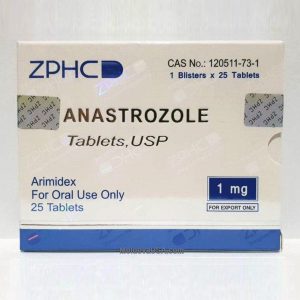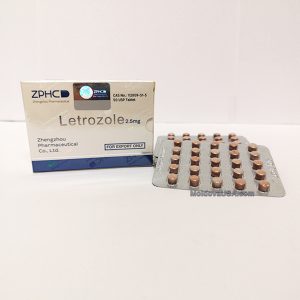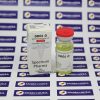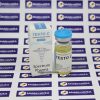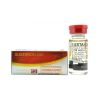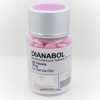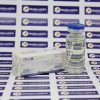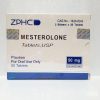Description
Mesterolone
Mesterolone is an androgen and anabolic steroid (AAS) used to treat low testosterone levels. A questionable application of it has been to treat male infertility. It is ingested.
Mesterolone causes masculinization symptoms including acne, hair loss, body hair development, voice changes, and increased sexual drive. It does not harm the liver. Androgen receptor (AR) agonists like testosterone and dihydrotestosterone are biological targets of the medication (DHT). It has mild androgenic and anabolic properties, making it helpful for masculinization. The medication is not estrogenic.
Medicinal usage of Mesterolone began in 1967. Because of its mild anabolic properties, mesterolone has been used to enhance body and performance. In many countries, the drug is a prohibited substance, thus non-medical usage is illegal.
Pharmacodynamics
AAS, mesterolone is an androgen receptor agonist (AR). Because it is already 5-reduced, it is not potentiated in “androgenic” tissues including the skin, hair follicles, and prostate gland. Mesterolone, like DHT and mestanolone (17-methyl-DHT), is a weak anabolic agent owing to inactivation by 3-hydroxysteroid dehydrogenase in skeletal muscle tissue. However, since testosterone is a weak substrate for 3-HSD, it is not inactivated in skeletal muscle. Its androgenic and anabolic efficacy are limited due to the absence of 5-reductase potentiation in “androgenic” tissues and 3-HSD inactivation in skeletal muscle. It still has a higher anabolic to androgenic ratio than testosterone.
Mesterolone is not an estrogen substrate for aromatase. As a result, it has no estrogenic adverse effects including gynecomastia or fluid retention. It is also not progesterogenic.
Because it is not 17-alkylated, mesterolone is not hepatotoxic. However, its cardiovascular risk is similar to other oral AAS.
Pharmacokinetics
Mesterolone’s C1 methyl group slows hepatic metabolism, giving it considerable oral action, but its oral bioavailability is still lower than 17-alkylated AAS. But mesterolone is one of the few non-17-alkylated AAS active when taken orally. Mesterolone has an extremely high affinity for SHBG, approximately 440 percent that of DHT in one research and 82 percent that of DHT in another. It may therefore displace endogenous testosterone from SHBG and enhance free testosterone concentrations, contributing to its effects.
Proviron is the commercial name for the oral androgen and DHT derivative Mesterolone. About 5% of testosterone undergoes 5-alpha reduction to produce DHT, a sex hormone and androgen hormone. DHT is the main androgen in the prostate and hair follicles in adults. Proviron is an almost pure DHT steroid. Proviron, for example, has no estrogen aromatization issues.
Uses for medicine
Proviron has been proven to treat depression, anxiety, and loss of sex desire. Bipolar, unipolar, and dysthymic patients would all benefit from this hormone. Doctors usually give it to males with decreased libido. It also prepares for full TRT (testosterone replacement therapy).
Bodybuilding
For years, Proviron was marketed as an anti-estrogen since it has a high affinity for binding to the aromatase enzyme, replacing the need for an AI (aromatase inhibitor). Unfortunately, studies have revealed that proviron does decrease LH (luteinizing hormone) in certain instances. Because of this, excessive proviron dose may impede pituitary recovery following steroid cycles. Some users claim proviron does not suppress the HPTA during PCT or a bridge, although this is debatable. Also, several studies suggest long-term high-dose proviron usage without severe suppression. The science backs proviron for PCT, but not always.
Proviron is outdated now that we have aromasin, arimidex, and letrozole as anti-estrogens. After a cycle, we know that genuine aromatase inhibitors are safe and will not suppress your HPTA. Proviron, too, shouldn’t.
That doesn’t imply it can’t be used on a cycle with an aromatizing substance like dianabol, testosterone, nandrolones, or equipoise. Stacking proviron with a moist chemical may result in a tougher appearance, greater vascularity, and less puffiness.
Proviron also binds effectively to SHBG (sex hormone binding globulin), which is responsible for lowering free testosterone levels in the body. This may be why some people take proviron during PCT.
Participants will appreciate proviron’s hardening qualities. Proviron is 5-alpha reduced and cannot produce estrogen, thus it helps provide a drier appearance.
Post-Cycle Proviron
While Proviron alone has little or no testosterone suppression at performance enhancing dosages, virtually everyone uses it with other drugs that do. So a PCT regimen is nearly always needed to restore normal testosterone function and prevent muscle loss and fat gain, among other severe symptoms.
Proviron is occasionally used in PCT since it is used to improve fertility. With Proviron in PCT, testosterone recovery may be increased, although this must be balanced against Proviron’s propensity to slightly decrease natural testosterone.
While some individuals use Proviron during PCT because they cannot obtain superior PCT medications like SERMs, it is not recommended for optimal outcomes.

